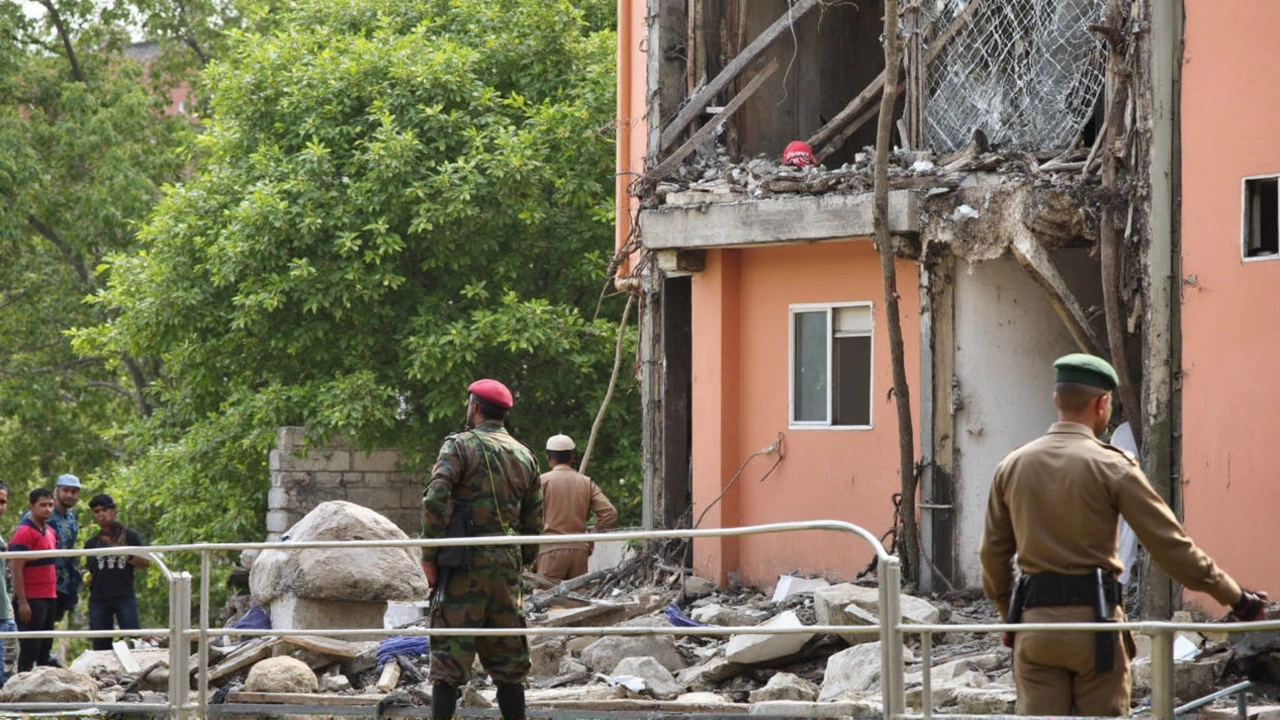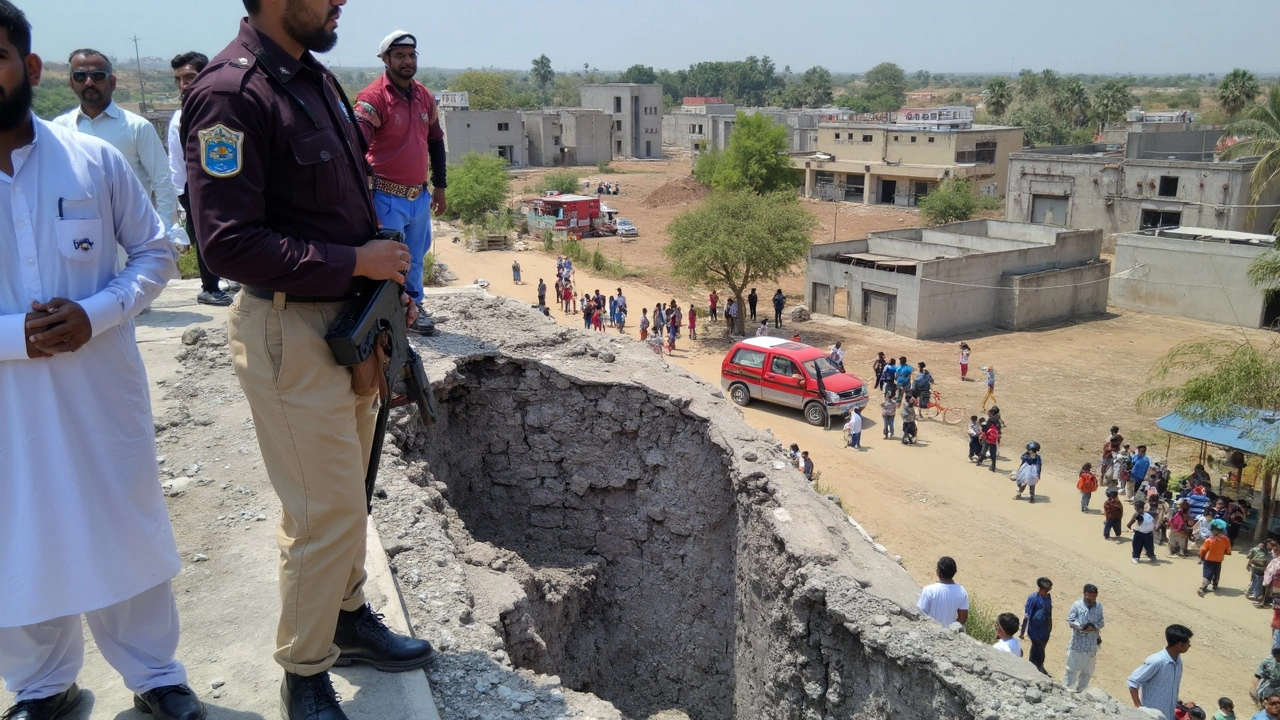Missiles, Drone Strikes, and Border Chaos: A Dangerous Night for India
It’s been a tense and troubling stretch for both India and Pakistan. Late on May 8 and into the early hours of May 9, people in several Indian border states got a real taste of how quickly things can spiral between these two rivals. Suddenly, sirens blared across Chandigarh, Patiala, Ambala, and Panchkula. There was a unity in fear—families huddled indoors as word spread about intercepted missiles and drones cutting through the night sky.
Indian air defense systems had their hands full. Security teams scrambled as Pakistani-launched missiles and drones tried to breach Indian airspace, targeting not just the long-fraught border in Jammu & Kashmir but also stretching across Punjab, Rajasthan, and even as far off as Gujarat. It wasn’t just the alerts that made an impact—the hard evidence fell from the sky. Debris scattered across Rajouri and Hoshiarpur was proof of successful mid-air takedowns by Indian forces.
While the military fended off technology from afar, Indian troops were busy on the ground. Near Samba, the situation turned deadly. Indian personnel stopped a significant infiltration attempt by terrorists believed to be affiliated with Jaish-e-Mohammad. Seven militants were neutralized, and a Pakistani border post was destroyed in the firefight. This wasn’t just about protecting a fence; it was about stopping a wider plot before it spilled deeper into Indian territory.

Indian Response and Political Calculations
There’s no mistaking that the situation rattled the government. High-level emergency meetings took place fast—Defence Minister Rajnath Singh and Home Minister Amit Shah circled up with top military brass, state authorities, and security chiefs from the bordering regions. These weren’t business-as-usual discussions; the aim was to double-check preparedness, reinforce border protocols, and make sure contingencies were ready for a worst-case scenario.
On the civilian front, the ripple effects came quickly. Airports went quiet and schools locked their doors in affected districts, creating anxiety but also a sense of community resilience. Delhi and the greater NCR region didn’t take any chances—military drills kicked in so that, if the conflict jumped further, they’d be ready.
While India pressed heavily on return fire along the Line of Control, ramping up artillery exchanges, the broader diplomatic picture looked shaky. The United States, often nudged to play a mediator or at least voice strong opinions, was clear and succinct this time—Vice President simply said, ‘We’re not getting involved.’ In a world where superpowers usually step in, that message landed hard across policy circles in New Delhi and Islamabad alike.
So, the drama on the India-Pakistan border right now isn’t just about missiles or drones. It’s hundreds of thousands of people on alert, politicians scrambling, and a region waiting to see who will blink first.
